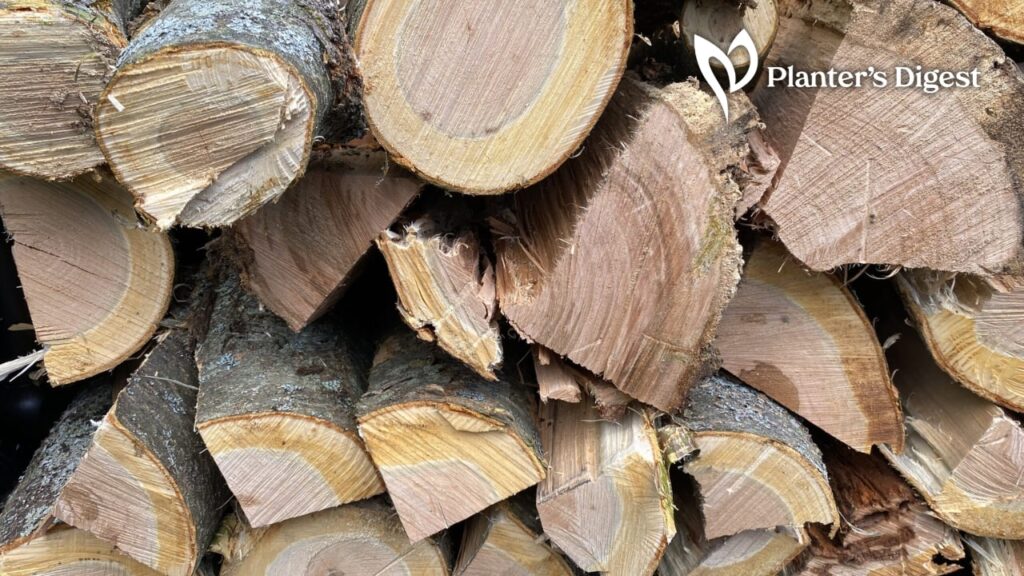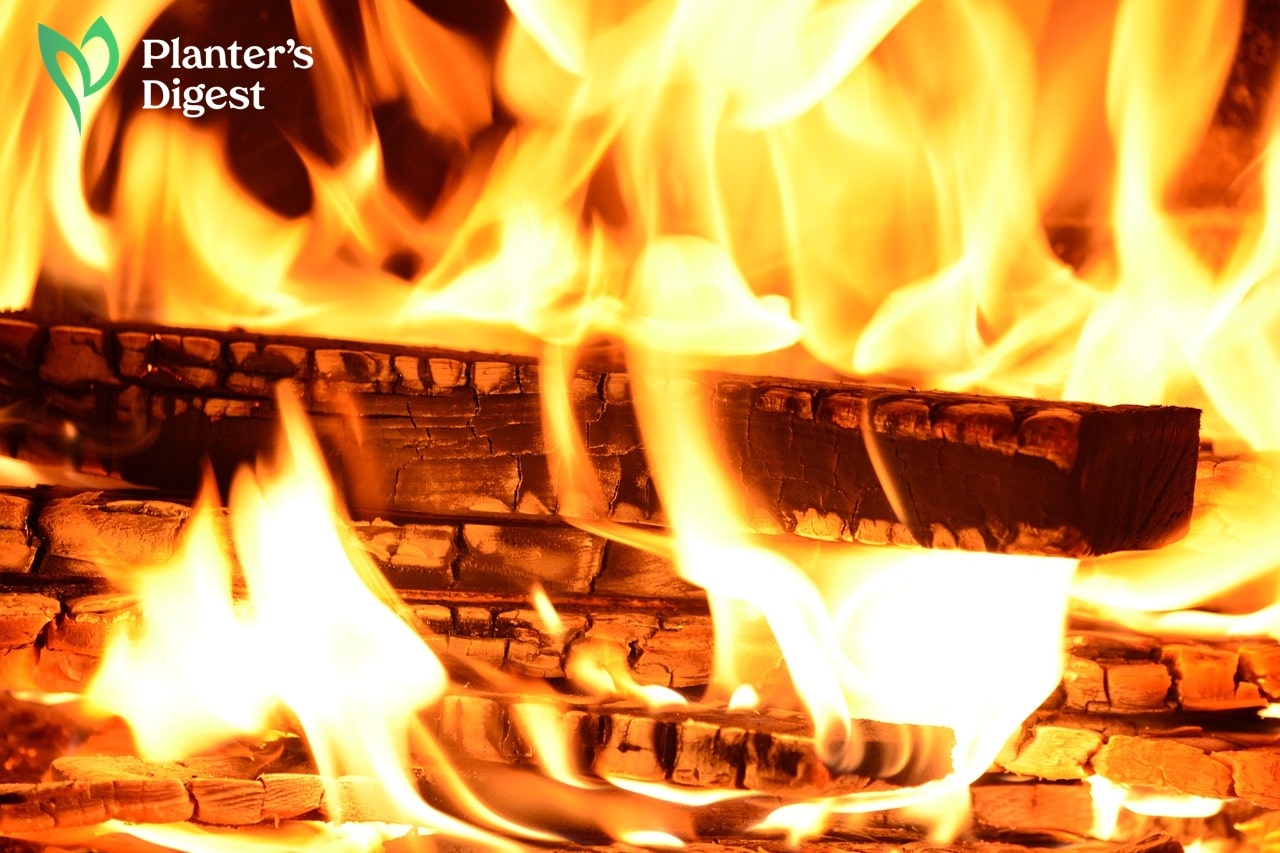I remember when one of my neighbors decided to chop down their magnolia tree. It was such a majestic and eye-catching part of their property that it was shocking to see it gone.
When I asked them why they removed the tree, they said they were planning to do a landscaping project where it stood. And it just so happens that there was a ton of leftover magnolia lumber that they needed to get rid of.
That day, I came home with a wheelbarrow full of free magnolia wood. We were approaching winter, and I figured that we could at least use it for our outdoor fire pit.
But just to be safe, I also went down the rabbit hole of whether it was actually okay to use magnolia as firewood. In case anyone else is wondering, I’ve written down everything I found out in this handy guide.
Is magnolia a good firewood?

Magnolia performs adequately as firewood, considering that it ignites fast and produces a decent BTU rating of 23.7 million per cord. However, its short burning time makes it less heat-efficient compared to other firewoods.
To its credit, plenty of people use magnolia wood for their fires. But for the most part, it’s mainly only used to start a flame due to its fast ignition properties.
On its own, magnolia produces a BTU rating of 23.7 million per cord, which is quite standard for hardwood. However, its short burning duration makes it a poor choice as a heat source.
If used as firewood, magnolia needs to be paired with other slow-burning hardwoods, such as oak, beech, or ash, for a more sustained and longer-lasting flame.
| Name | Magnolia |
| Height | 3 to 80 feet |
| Heat Content (Million BTUs Per Cord) | 23.7 |
| Dry Weight (Pounds Per Cord) | 2440 |
| Green Weight (Pounds Per Cord) | 4020 |
| Burning Time | Short |
| Splitting Difficulty | Easy |
| Sap Content | Low |
| Smoke | Moderate |
| Smell | Mild |
| Coal Production | Moderate |
| Creosote Build-up | Low |
| Seasoning Time | 6 to 12 months |
What are the wood-burning properties of magnolia?
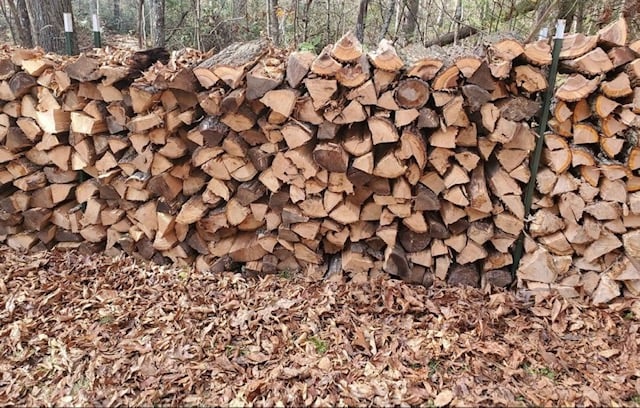
When ignited, magnolia has an average heat output for hardwood. However, its short burning time makes it less heat-efficient than other hardwoods.
It also has low sap content, resulting in moderate smoke output, moderate coal product, and low creosote build-up after it’s burnt
Moreover, it’s easy to split and takes around 6 to 12 months to season.
1. Average Heat Output
Magnolia produces an average amount of heat as a hardwood, at 23.7 million BTUs per cord. This is enough to keep you warm for a short while.
For reference, other hardwoods like birch and ash burn at 23.6 million BTUs per cord. It’s also worth noting that denser hardwoods like hickory and shagbark can reach up to 27.7 million BTUs per cord.
2. Short Burning Time
Magnolia wood doesn’t burn for very long due to its low density. A fire made with magnolia wood will last around 1 to 2 hours, even if properly seasoned.
Most people recommend burning it with other hardwoods like maple, which can burn for up to 3 hours, or oak, which is known to last for around 6 to 8 hours.
3. Low Sap Content
Magnolia trees produce a modest amount of sap for a hardwood. But a pest called Magnolia Scale feeds on this sap, causing magnolia trees to lose sap content when they’re chopped down to become firewood.
4. Moderate Smoke Output
Generally, hardwoods tend to produce less smoke than softwoods due to their resin content.
Because of this, magnolia wood burns cleanly and produces a moderate amount of smoke. This makes it okay to use for indoor fires and fireplaces.
5. Moderate Coal Production
As a hardwood, magnolia produces a moderate amount of coal. Other hardwoods, such as hickory, oak, and walnut, yield higher amounts of coal.
6. Low Creosote Build-up
Unlike most hardwoods, magnolia doesn’t produce a lot of creosote buildup. Its low density and short burning time stop it from generating copious amounts of this harmful substance.
This is why magnolia is a pretty decent choice for indoor fires. Too much creosote build-up can lead to hazards like chimney fires and dangerous exposure to carbon monoxide.
7. Easy To Split
Magnolia wood is very easy to split, thanks to its straight and equally-sized grain. You’ll notice that blades can effortlessly cut through it without any snagging.
This is partly the reason why people often mistake magnolia for a softwood. It’s much easier to carve compared to most hardwoods.
8. Average Seasoning Time
If you plan on using magnolia as firewood, you should allot 6 to 12 months for it to be properly seasoned. This duration mostly depends on factors such as the climate and the size of the wood.
How does magnolia compare to other firewood?
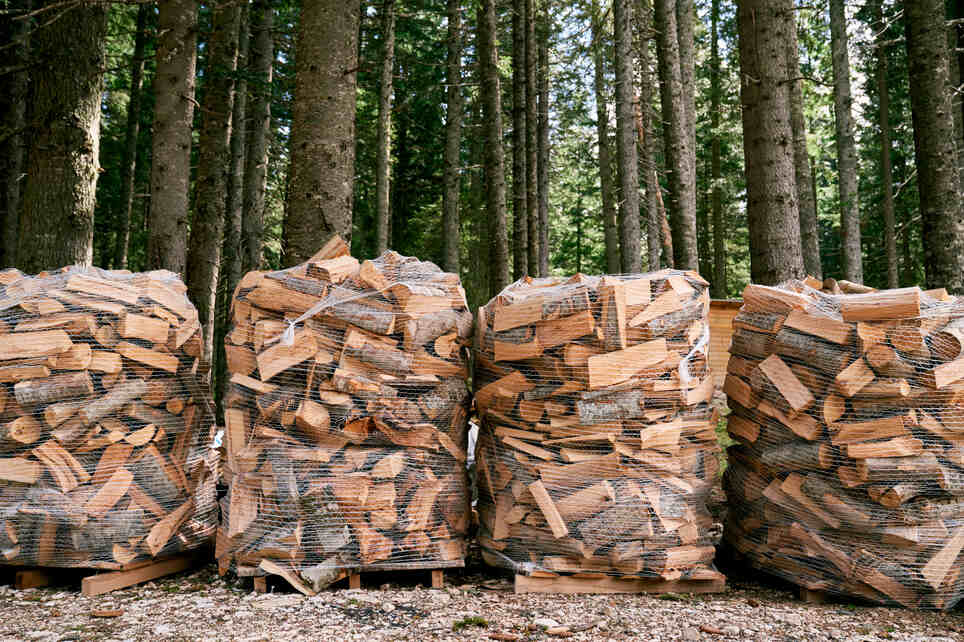
Compared to other firewoods like hawthorn and elm, magnolia is easier to prepare and safer to use. However, it’s not as heat-efficient as most firewoods due to its short burning duration.
On the surface, magnolia is a good enough firewood that burns clean and is easy to split. It doesn’t have an off-putting scent, and produces minimal creosote build-up, which is ideal for indoor fires.
However, it doesn’t last very long. So, although it produces a good amount of heat, it quickly burns out.
Ultimately, magnolia is much better as kindling. It’s not recommended to rely on it alone. You’ll have to combine it with other firewood to make its flame last longer.
What are the main varieties of magnolia wood?
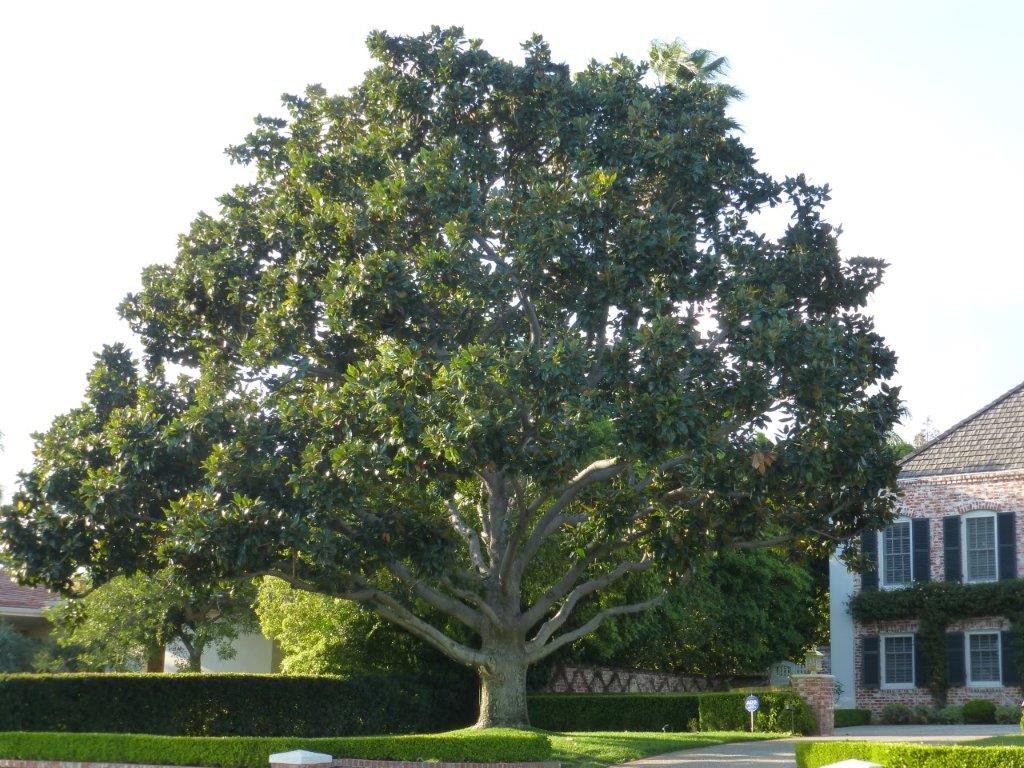
There are over 200 species of magnolia trees within the magnoliaceae family, with some resembling shrubs while others stand tall.
However, the most widely distributed magnolia species in America are Southern Magnolia and Cucumber Magnolia.
| Common Name | Southern Magnolia | Cucumber Magnolia |
| Scientific Name | Magnolia Grandiflora | Magnolia Acuminata |
| Distribution | Swamp forests in the Southeastern United States | Forested areas in Eastern North America |
| Height | 60 to 80 feet | 60 to 80 feet |
| Width | 30 to 50 feet | 35 to 60 feet |
| Density | 35 pounds per cubic foot | 29 pounds per cubic foot |
| Heat Level Output | Moderate | Moderate |
Southern Magnolia trees are typically found in swamps and maritime forests in the Southeastern United States, particularly Florida to Virginia, and Texas.
Meanwhile, Cucumber Magnolia trees are commonly seen in the eastern North areas of America, specifically in the Appalachian Mountains and their surrounding districts.
Both varieties are commonly used as firewood and kindling in the respective regions where they can be found.
The Pros and Cons of Using Magnolia as Firewood
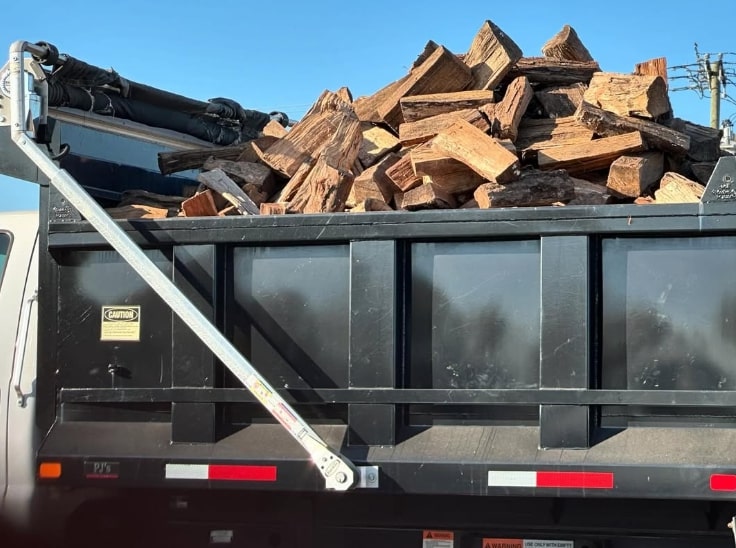
| Pros | Cons |
| Easy to Ignite | Short burning time |
| Mild Smell | |
| Low Creosote Build-up |
Pros
Easy to Ignite
Plenty of people keep magnolia as firewood for its ignition properties. It’s generally considered good kindling since it lights up quickly.
Mild Smell
You won’t notice the smell of magnolia wood as it burns. Most magnolia species have a very mild and subtle scent. However, you should stay away from certain species, such as star magnolia, which have a strong and acrid odor.
Low Creosote Build-Up
Magnolia wood is generally okay to use for indoor fires since they don’t contribute much to creosote buildup. This is very important in keeping a household safe and healthy.
Con
Short Burning Time
The only drawback with using magnolia wood is that its fire doesn’t last very long. It’s unlikely for magnolia wood to burn for more than a few hours.
This is why most people just prefer to use it to start a fire, and then add in other hardwoods to keep the flame going.
FAQs about Magnolia as Firewood
When is the best time to burn magnolia wood?
The best time to dry magnolia wood is after a year of drying. At this point, it’ll be properly seasoned so it’ll burn cleanly and won’t produce a high amount of smoke.
Is it easy to store magnolia as firewood?
No, it can be tricky to store magnolia for an extended period of time. Even after it’s been dried, magnolia wood is still highly susceptible to insect infestation.
Does magnolia produce smoke when used as firewood?
Magnolia wood doesn’t produce a lot of smoke, as long as it’s seasoned properly. If it isn’t completely dry yet, magnolia wood is capable of producing excessive amounts of foul-smelling smoke.
Can magnolia wood be used on a stove?
Yes, magnolia wood (especially from the southern magnolia species) can be used on a stove. However, it’s not really preferred since magnolia wood doesn’t produce a lot of heat.


